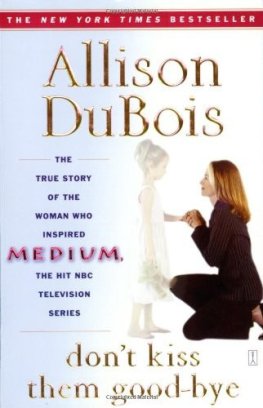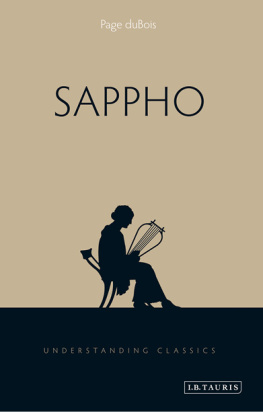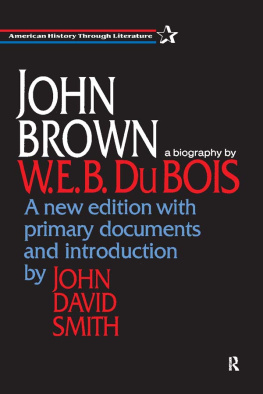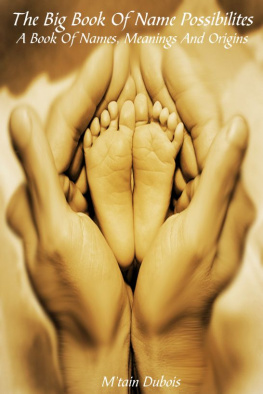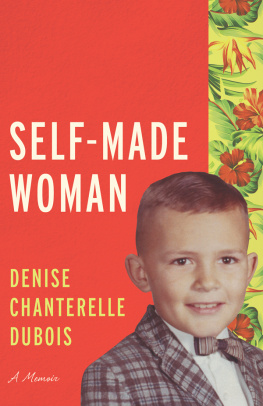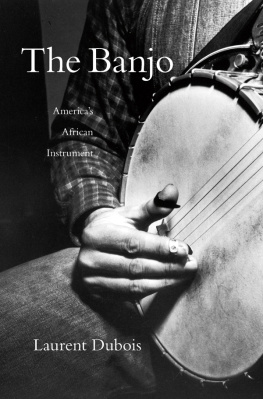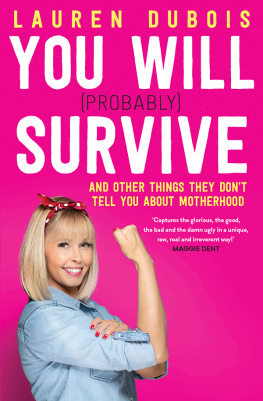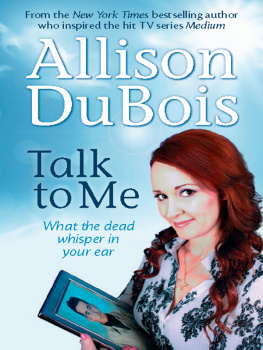ACKNOWLEDGMENTS
AN ANTHOLOGY OF THIS scope necessarily reflects the efforts of a great many individuals, the greatest of whom are the artists who wrote and performed the songs collected here. We thank each of them and offer special thanks to the following for reviewing transcriptions of their lyrics, offering insights into their craft, and generally providing support for this undertaking: Aesop Rock, Bahamadia, Binary Star, Kurtis Blow, Bun B, Camp Lo, Chino XL, Crooked I, dead prez, Del, Digable Planets, DOOM , Edan, Jean Grae, Grandmaster Caz, Immortal Technique, Juba Kalamka, Kool G Rap, MyKa 9, Pharoahe Monch, R.A. the Rugged Man, Ras Kass, Sage Francis, Schoolly D, Sequence, Souls of Mischief, Special Ed, and Speech. A special thanks goes to Chuck D and Common, who contributed tremendous afterwords. We hope this book stands as an appropriate and heartfelt shout-out to all those whove ever picked up a mic to rhyme. This anthology would not exist without the vision and initiative of Jonathan Brent, former editorial director at Yale University Press.
Over the past few years weve had the good fortune of working with a number of tremendous people at Yale. Foremost among them is Sarah Miller, who brought patience, resolve, and insight to her work as editor. Anja Manthey, along with Nathaniel Drake and Jeffery Zuckerman, made heroic efforts in working on the numerous permissions. Senior manuscript editor Jeffrey Schier and his team tackled unprecedented challenges in designing and proofreading this volume. Thanks to Heidi Downey (editorial), Karen Stickler (production), Mary Valencia (design), and Jenya Weinreb (editorial). We owe a debt of gratitude to Henry Louis Gates, Jr., for his masterful foreword.
From the toasts to 2 Live Crew, hes always been an advocate of outlaw expression. The advisory board, whose names are listed at the front of this book, volunteered their knowledge, opinions, and talents toward making this anthology what it is. We thank them all. With his cover design and interior images, Justin Francis fashioned a visual feel for the book that is every bit as powerful, stylish, and flavorful as the lyrics themselves. We join Justin in thanking all those who contributed to the books visuals: Kenneth Barclift, Felton Brown, Dolo, Kareem Johnson, the Retro Kidz, Kyle Mingo, Rebecca Pietri, Samuel T. Ritter, Santiago Siguenza, and Jimmy Silas Ulibarri.
Assembling this anthology required transcribing hours and hours of lyrics as well as writing headnotes and introductions. We had the dedicated assistance of a handful of people. Max Lipset brought his deep knowledge of hip-hop to this anthology in many waystranscribing lyrics, drafting headnotes, and providing constructive criticism on the collection as a whole. Siavash Khazamipour deciphered some of the toughest lyrical passages; his work was indispensible. Megan Fries brought her rich knowledge of poetry and poetics to her work. A handful of others contributed transcriptions and other assistance to the book: Ezekiel Justice, Mike Lipset, Jake Miller, Julian Padgett, Lance Rutledge, Sydney Schavietello, and Kingston Yogendran.
Thanks to David Caplan, Erica Edwards, and H. L. Hix for commenting on drafts of the introduction. Thanks as well to Jayquan and Troy L. Smith of the Web site The Foundation for sharing their copious knowledge of old-school hip-hop. In addition Andrew DuBois wishes to acknowledge the support of the UTSC Department of Humanities and of his friends and colleagues in English at the University of Toronto.
Deep thanks to Andy and Naomi DuBois, Jay Smith, and Souvankham Thammavongsa, who knows what words can do and how best to make them do it; she listened along to these songs and I love her for that and for everything else. Adam Bradley wishes to thank his agent, Robert Guinsler of Sterling Lord Literistic. Thanks to the University of Colorado at Boulder for supplying generous grants to support this anthology. Most important, I wish to thank my wife, Anna, who endured the near constant beats and rhymes at all hours of the day and night, whether coming from the car speakers or somehow seeping through my noise-cancelling headphones. You can turn the music down now.
AFTERWORD
COMMON What you hold in your hands is more than a book.
This is a culture. This is hip-hop. This book is Biggie and Pac and Rakim and Lauryn Hill. Its Run-DMC and Public Enemy and the Wu-Tang Clan. Its also Sequence and the Treacherous Three and the Cold Crush Brothers. Its Arrested Development and Goodie Mob and Freestyle Fellowship.
Its all of these and so many others. Together, MCs have made music and also poetry. We have created a living language through rap. Strip all the performance away from rap and what do you have? A new perspective. Reading rap lyrics lets you see familiar things in new ways. Everything that usually captures your attentionthe inflections of the MCs voice and the style that somebodys usingfades away and youre left with just the words.
You can speed up or slow down, go back or skip ahead. You can take your time and let the words take shape in your mind. When you get down to the bare lyrics, you can tell if theres something deep going on in the words. So many of the debates about rap today miss the point. People argue without taking the time to listen to what rap is actually saying. The Anthology of Rap explodes the myth that MCs rhyme only about money, cars, and women.
Think Im lying? Open up the book and see for yourself. Even open it at random and youll find lyrics about love and comic books and bicycles, about God and nature and fatherhood. Youll find rhymes, in other words, about life and the art of living. I wrote my first rap verse when I was twelve. Back then I lived in Chicago and spent parts of my summers in Cincinnati. My cousin and I would hang out with his crew just talking and listening to music.
Afrika Bambaataa and Soul Sonic Force. Egyptian Lover. And the biggest group in Cincinnati, the Bond Hill Crew. One night I sat in my cousins room and tried to rap. He wrote a rhyme about the eighth graders and I wrote one about the Bond Hill Crew. It started out like this: Well, let me tell you bout a trip, a time agoI was going there to run a cold-blooded showWhen I was there I saw some people jamming, tooThey called themselves the Bond Hill CrewDr.
Ice, Romeo, and Master EAll of the Bond Hill crew rappin to a TI asked them could they rock with me Id write a lot moreand a lot better, I hopeas the years went by, but there was something pure and powerful about that first rhyme. As soon as I finished, my cousin and his friends looked at me, amazed. Man, thats cold! They started repeating my lines back to me, memorizing what I had just written. That was deep to me. I loved the way that made me feel. Years later Id look out into the crowd and see people reciting my words.
Thats a beautiful thing. Around 1993, I started writing in my head. Id be out with my friends and would think of rhymes but wouldnt have a pen and paper. So when thoughts came, Id just have to remember them. Often, rhymes would come to me in the car. My car became a place of solitude for me.
I had a red Toyota Celica GT with no heat and an automatic transmission. I remember driving that car in the wintertime, just trying to wipe the frost off the windshield so that I could see where I was going. Thats why I say on Resurrection, cruise the South Side streets with no heat and no sticka. Riding up Lakeshore Drive in Chicago, Id look at the city and the people, and the lyrics would just flow. I was attracted to hip-hop because of the rhythm, but the words were the reason I fell in love for keeps. My second album, Resurrection, featured a song called I Used to Love H.E.R., which tells the story of hip-hop through the guise of a woman.


